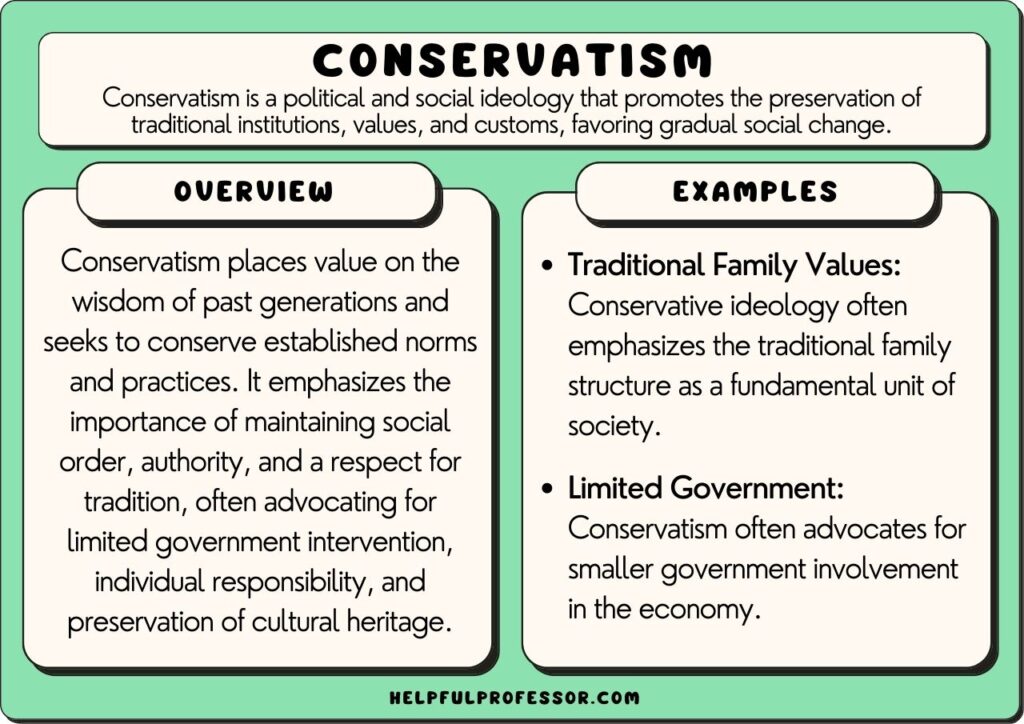Conservative Change: A Closer Look
Challenges of Embracing Conservative Change
The Role of Tradition in Conservative Change
Conservative Change: A Closer Look
When we talk about change, we often think of progressive ideas and movements that push for innovation and transformation. However, conservative change is a concept that is equally important in shaping societies and cultures. Conservative change refers to the gradual evolution of traditional values and principles within a conservative framework. It involves adapting to new circumstances while maintaining the core beliefs that have been treasured for generations.
Challenges of Embracing Conservative Change
Embracing conservative change comes with its own set of challenges. One of the main obstacles is the resistance to deviating from established norms and practices. Conservatives are known for their commitment to preserving tradition, which can sometimes hinder the ability to adapt to changing times. Additionally, there may be conflicts between different factions within the conservative movement, as some may be more open to change while others cling tightly to long-held beliefs.
Another challenge of conservative change is the fear of losing identity. Conservatives often view their traditions and values as essential aspects of who they are as individuals and as a society. The prospect of changing these beliefs can be daunting and may lead to a sense of uncertainty and insecurity. Navigating this delicate balance between staying true to one’s roots and embracing new ideas is a crucial aspect of conservative change.
The Role of Tradition in Conservative Change
Tradition plays a significant role in conservative change, serving as a guidepost for navigating the complexities of adapting to modern challenges. By grounding new ideas and initiatives in established principles, conservatives can ensure that their values remain intact while still evolving with the times. Tradition provides a sense of continuity and stability, offering a solid foundation upon which to build a brighter future.
At the same time, tradition can also be a source of resistance to change. Conservatives may be hesitant to let go of long-standing customs and practices, even when faced with compelling reasons to do so. Striking a balance between honoring tradition and embracing innovation is essential for conservative change to flourish and remain relevant in a rapidly changing world.
In conclusion, conservative change is a dynamic and multifaceted process that requires careful navigation and thoughtful consideration. By acknowledging the challenges that come with embracing new ideas while upholding traditional values, conservatives can pave the way for a more resilient and adaptive society. The interplay between tradition and innovation is a delicate dance that shapes the course of conservative change, offering both opportunities for growth and obstacles to overcome. Ultimately, the evolution of conservative thought is a testament to the enduring power of tradition in guiding us towards a brighter future.

